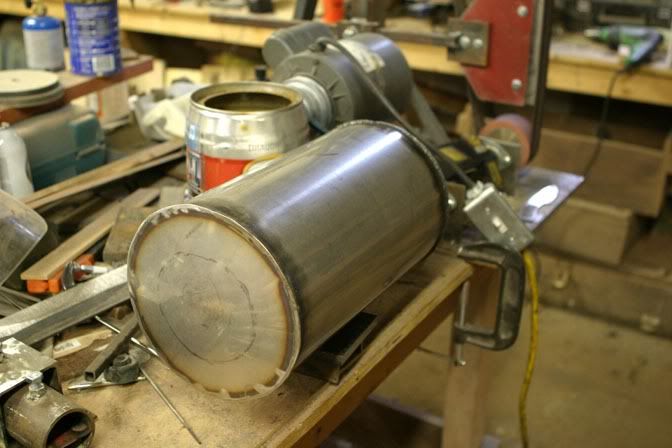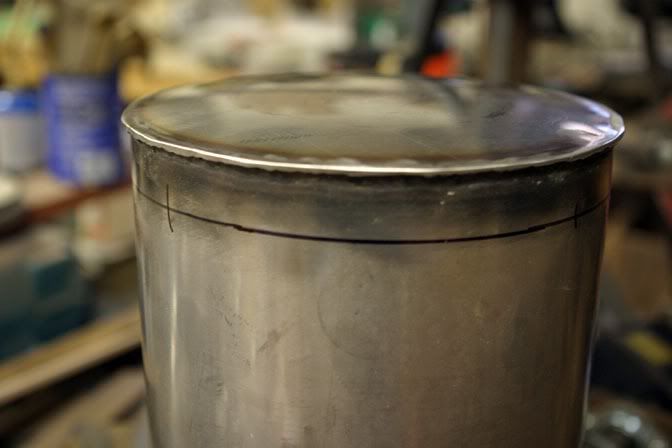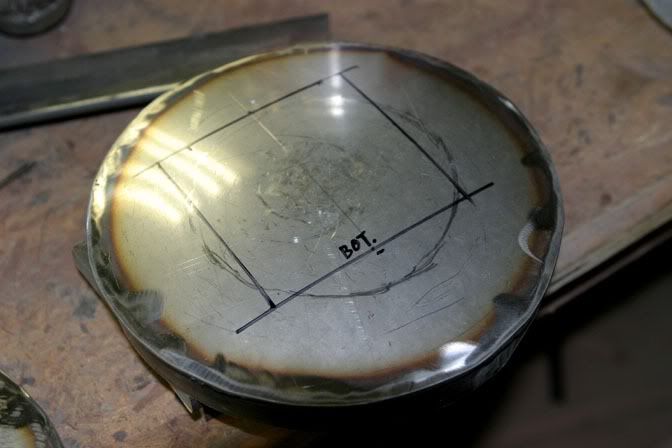Godspeed
Well-Known Member
So I've decided to make my first forge.
I don't really have any specifics, so i need to be steered into the right direction here.
I want something small and efficient as possible (of course), It will only be used for knifemaking and maybe other small projects.
So i'm thinking round instead of square.
my rough idea is 8" round and 10" long, with 2" of insulation all around to give me a 4"x6" chamber... Is that too small? If not, how small can i go?
I suppose i could use an air tank or something like that for the shell but I would rather make the whole thing that's the kind of guy i am :les:
I work in a sheet metal shop so i have access to shears, rollers, brakes, welders etc...We have some 12ga black iron but I really want to make it out of 16ga stainless. It is my understanding that the outside doesn't get all that hot, so would the stainless be an acceptable material for this?
Also, what sort of burner set-up would be ideal for a chamber of this size? I'm assuming the smaller the chamber; the less heat needed?
Any help would be greatly appreciated.
-Adam
I don't really have any specifics, so i need to be steered into the right direction here.
I want something small and efficient as possible (of course), It will only be used for knifemaking and maybe other small projects.
So i'm thinking round instead of square.
my rough idea is 8" round and 10" long, with 2" of insulation all around to give me a 4"x6" chamber... Is that too small? If not, how small can i go?
I suppose i could use an air tank or something like that for the shell but I would rather make the whole thing that's the kind of guy i am :les:
I work in a sheet metal shop so i have access to shears, rollers, brakes, welders etc...We have some 12ga black iron but I really want to make it out of 16ga stainless. It is my understanding that the outside doesn't get all that hot, so would the stainless be an acceptable material for this?
Also, what sort of burner set-up would be ideal for a chamber of this size? I'm assuming the smaller the chamber; the less heat needed?
Any help would be greatly appreciated.
-Adam





